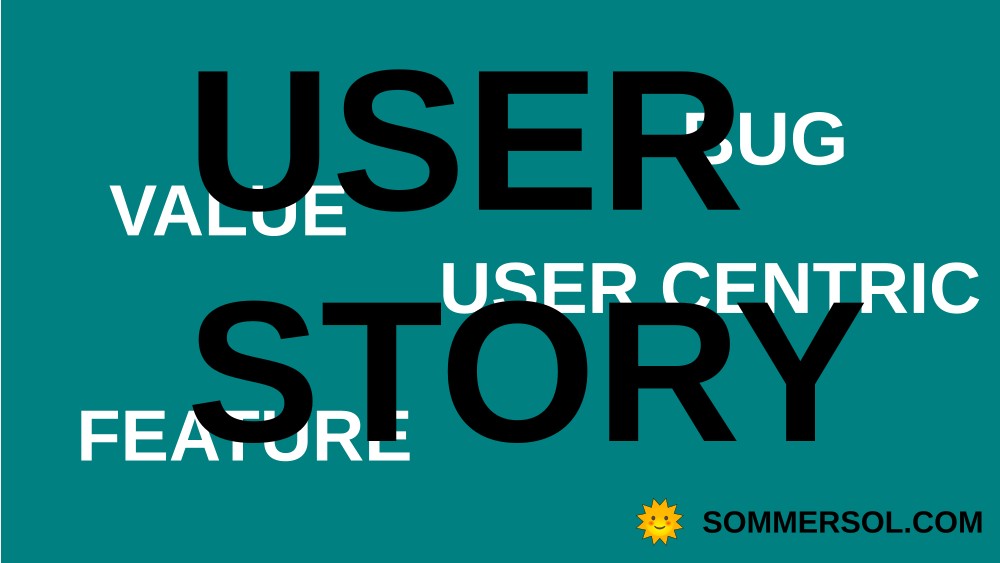
Outcome-Driven Feature Prioritization for Agile Teams | Alfa Sommersol
Learn how focusing on business outcomes instead of features can lead to better decision-making, faster delivery, and more value for your customers.

18.08.2023
Alfa Sommersol
In the Agile world, story points are a vital component of the estimation process. They help teams measure the complexity and effort required to complete a user story. In this article, we will explore what story points are in Agile, why they are important, how they are used in Agile ceremonies, and provide practical tips for effective estimation. Let's dive in!
Story points are a unit of measurement used in Agile methodologies, such as Scrum, to estimate the effort required to complete a user story. They are not based on time but rather take into account factors like complexity, risk, and uncertainty. Story points provide a relative measure of the work involved, allowing teams to compare and prioritize user stories.
The primary purpose of using story points in Agile is to facilitate planning and decision-making. By assigning story points to user stories, teams can estimate the amount of work they can complete within a given time frame, such as a sprint. This helps with resource allocation, setting realistic expectations, and tracking progress.
The Agile estimation process involves multiple steps, including backlog refinement, story pointing, and collaborative discussions. Let's break down each step to understand how story points are determined.
Before story pointing can take place, the product backlog needs to be refined. This involves the Product Owner and the development team clarifying user stories and adding details, acceptance criteria, and dependencies. Backlog refinement ensures that the user stories are well-understood and ready for estimation.
Once the backlog is refined, the team can begin assigning story points to each user story. Story pointing is typically done using a collaborative technique called Scrum Poker or Planning Poker. There are multiple ways of estimating user stories such as story points or t-shirt sizes. When playing poker, team members use a set of physical cards or an online scrum poker tool with numbered cards representing story points to independently estimate the effort required for each user story. The team then discusses their estimates and seeks consensus.
Collaborative discussions play a crucial role in the story pointing process. Team members share their perspectives, ask questions, and provide insights into the complexity, effort and risks associated with each user story. These discussions help ensure a shared understanding and lead to more accurate estimations.
One common misconception is that story points are equivalent to hours. However, story points are a relative measure of effort, not a direct measure of time. Unlike hours, which can vary based on individual skills and experience, story points provide a standardized measure that allows for better comparison and planning.
Using story points in Agile estimation offers several benefits:
While story points can be a powerful tool, there are some common challenges and pitfalls to be aware of:
To ensure effective story point estimation, it is helpful to follow these best practices:
Story points are a critical component of Agile estimation, providing a relative measure of the complexity and effort required to complete user stories. By understanding the purpose of story points, following best practices, and avoiding common pitfalls, teams can effectively plan their work, track progress, and make data-driven decisions. Remember, story points are a tool to facilitate collaboration and shared understanding, enabling Agile teams to deliver value efficiently.
When I introduce story point estimation to Teams that are not used to relative estimation I follow these steps.
Ensure that all team members think for themselves before anyone reveals their estimates. It is so easy to affect each other which is why planning poker is a strong game.
If you all sit together start with physical planning poker cards. If you are in a remote setup then choose a simple tool to help with the process. Simplicity is key for me, hence I created this planning poker tool , so if you like simple things please try it out :)
Happy story pointing!

Learn how focusing on business outcomes instead of features can lead to better decision-making, faster delivery, and more value for your customers.

Learn how to write user stories and prioritize them effectively in agile development, including templates for feature requests and bug reports.

This guide provides valuable insights and tips for anyone interested in understanding the role of a Scrum Master.